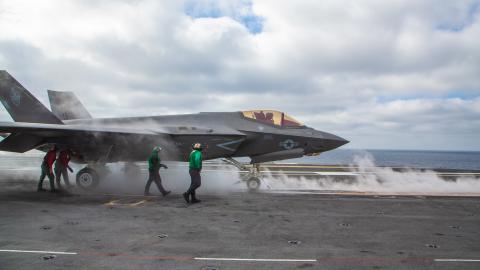In 1988, U.S. Secretary of State George Shultz embarked on a three-week tour of Asia, stopping in Hong Kong and mainland China, Indonesia, Japan, the Marshall Islands, the Philippines, South Korea, and Thailand. Shultz sat through long meetings to assure his hosts of Washington’s enduring friendship and interest in the region—engaging in what the diplomat Nicholas Burns described in Foreign Affairs in 2021 as “weeding, watering, and watching over the diplomatic garden.” The gardening metaphor, adopted by Shultz himself, was meant not as a slight but as a recognition that U.S. interests would best be served by light-touch diplomacy. Economic and political liberalization, rather than heavy-handed pressure, the thinking went, would bring countries in the region into alignment with the world’s liberal democracies.

Caption
President Donald Trump speaks during a meeting with business leaders at the US Ambassador’s Residence on October 28, 2025, in Tokyo, Japan. (Getty Images)














